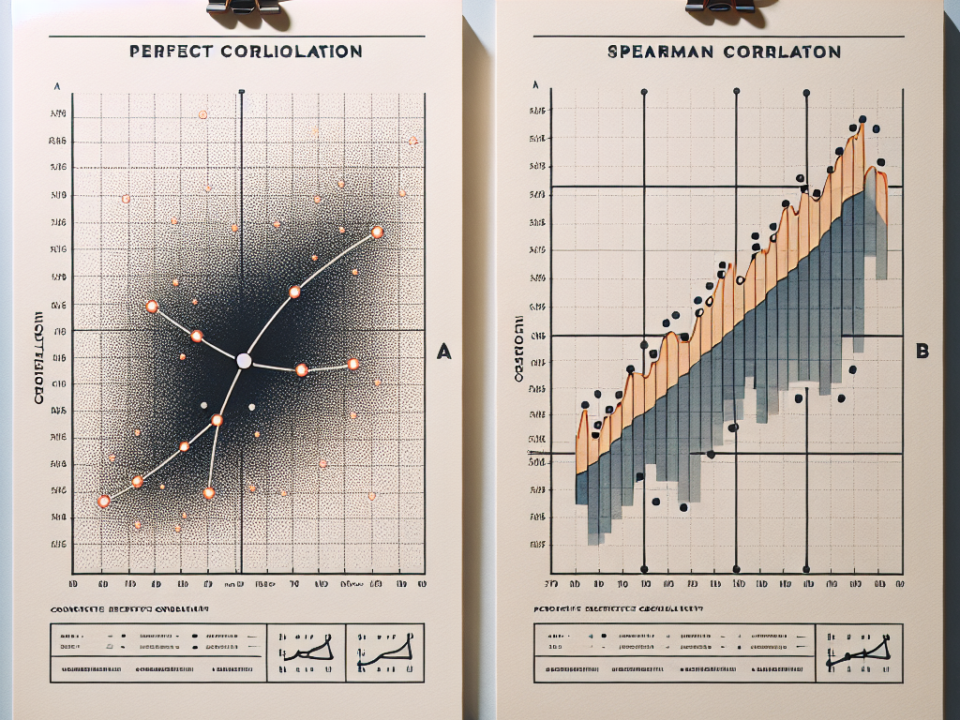If you are conducting research or a study and aiming to ensure that your sample accurately represents your population, implementing stratified sampling techniques is crucial. At StatisMed, we understand the importance of obtaining reliable data in the field of medical research. Stratified sampling allows researchers to obtain a more precise and representative sample, reducing bias and increasing the reliability of the study results.
Table of Contents
What is Stratified Sampling?
Stratified sampling is a sampling technique where the population is divided into subgroups or strata based on certain characteristics or variables that are relevant to the study. This division allows researchers to ensure that each stratum is adequately represented in the sample, leading to more accurate and reliable results.
Benefits of Stratified Sampling
- Reduces sampling bias
- Increases the precision of estimates
- Ensures adequate representation of all subgroups in the population
- Allows for more efficient data analysis
Steps to Implement Stratified Sampling Techniques
-
Identify the Strata: The first step in implementing stratified sampling is to identify the different subgroups or strata within the population. This can be based on demographics, geographic location, or any other relevant variables.
-
Determine Sample Size: Once the strata have been identified, it is essential to determine the sample size for each stratum. This can be done based on the proportion of each stratum in the population or by using statistical formulas to calculate the appropriate sample size.
-
Random Sampling within Strata: After determining the sample size for each stratum, researchers need to randomly select individuals from each stratum to be included in the sample. This ensures that each subgroup is adequately represented and reduces bias.
-
Data Collection: Once the sample has been selected, data collection can begin. Researchers must ensure that they collect data from each stratum in the sample to accurately represent the entire population.
- Data Analysis: After collecting the data, researchers can analyze the results separately for each stratum and then combine them to draw conclusions about the entire population. This allows for a more detailed analysis and provides more accurate results.
Conclusion
Implementing stratified sampling techniques in your study can significantly improve the quality and reliability of your research results. By dividing the population into subgroups and ensuring adequate representation from each stratum, researchers can reduce bias and obtain more precise estimates. At StatisMed, we specialize in providing statistical analysis services for medical professionals and researchers. If you need assistance with implementing stratified sampling techniques or any other statistical analysis, feel free to contact us or request a quote.
[ad_2]






